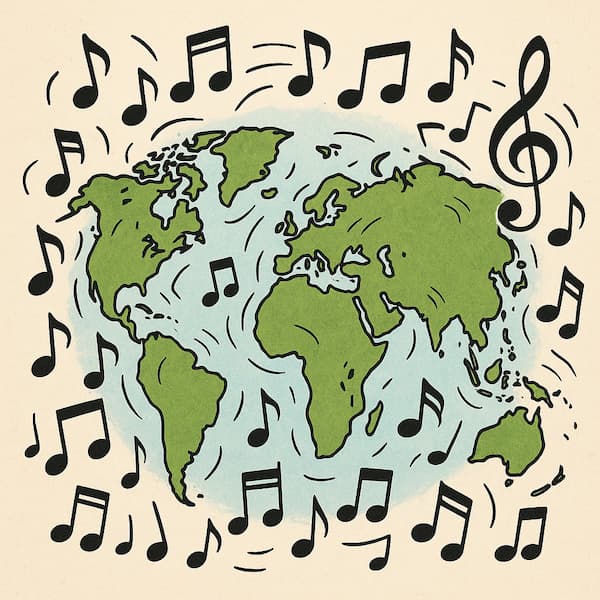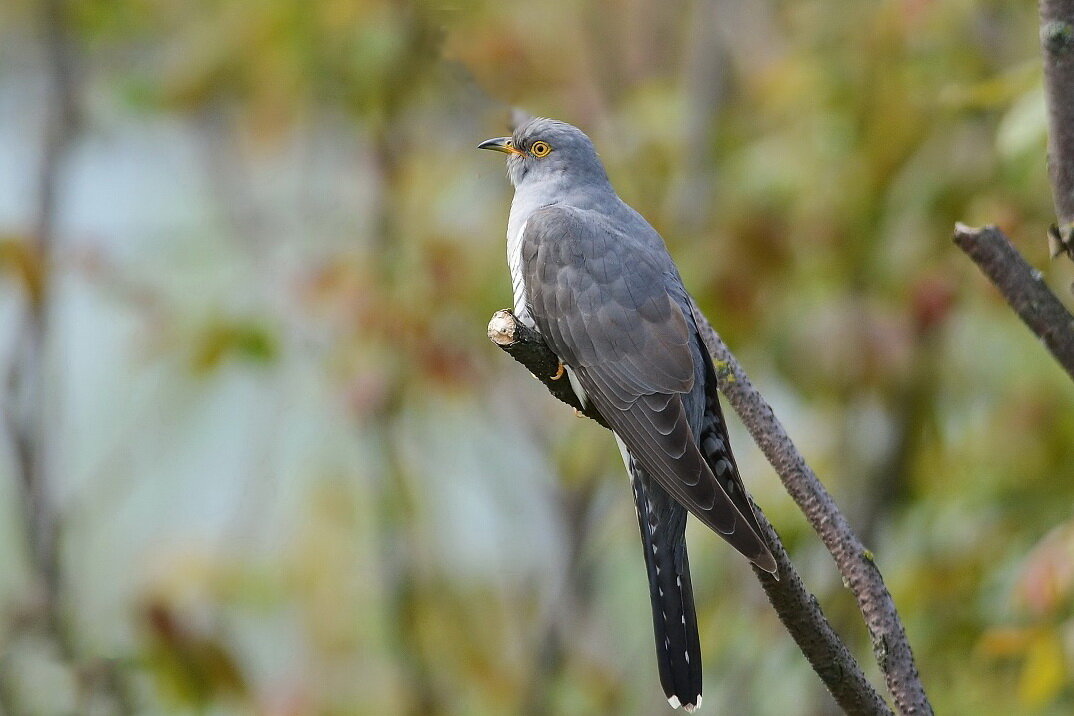At the start of the new year, I am learning some new pieces with my violin partner for our coming performances this year. The theme of our program is music about nature. In this article, I would like to share with you some works we have encountered!

Trees in the rain
Ralph Vaughan Williams’ The Lark Ascending (for Violin and Piano)
performed by Benjamin Grosvenor (piano) and Hyeyoon Park (Violin)
The Lark Ascending for violin and piano was written in 1914 by the British composer Ralph Vaughan Williams (1872-1958). This short, single-movement work was inspired by the 1881 poem of the same name by the English writer George Meredith. Vaughan Williams included the poem at the head of the score:
He rises and begins to round,
He drops the silver chain of sound,
Of many links without a break,
In chirrup, whistle, slur and shake.
For singing till his heaven fills,
‘Tis love of earth that he instils,
And ever winging up and up,
Our valley is his golden cup
And he the wine which overflows
to lift us with him as he goes.
Till lost on his aerial rings
In light, and then the fancy sings.

Violinist Marie Hall
This violin and piano version was dedicated to Marie Hall, one of the successful female violinists in the early 20th century. Marie Hall debuted at the Avonmouth and Shirehampton Choral Society concert in 1920. Vaughan William reworked it for solo violin and orchestra and premiered by Hall at the Queen’s Hall with the British Symphony Orchestra under Adrian Boult in 1921.
Florence Price’s The Deserted Garden
performed by Esther Park (Piano) and Dawn Wohn (Violin)
Florence Price (1887-1953) was a trailblazing African American female composer who achieved national recognition for her music during a time when women and people of color were largely excluded from the classical music scene. Despite her remarkable accomplishments, a significant portion of Florence Price’s musical works still need to be performed for a wider audience. Her unique style is characterized by a harmonious blend of the romantic style of her era and the blues and jazz harmonies that were prevalent in the African American community of her time.
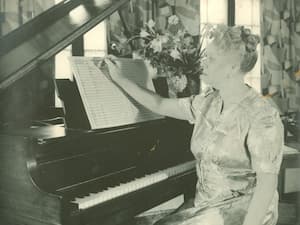
Florence Price at the piano, University of Arkansas
The Deserted Garden, composed in 1933 for violin and piano, is a hauntingly beautiful piece showcasing Price’s exceptional composition talent. In the same year, she also wrote another piece, Fantasy No.1 in G minor, which is similarly composed for violin and piano and is a testament to her incredible skill as a composer.
Cecil Burleigh’s Six Pictures, Op.30
Giant Hills, No. 4 from Six Pictures
performed by Emmanuel Bay (piano) and Jascha Heifetz (violin)
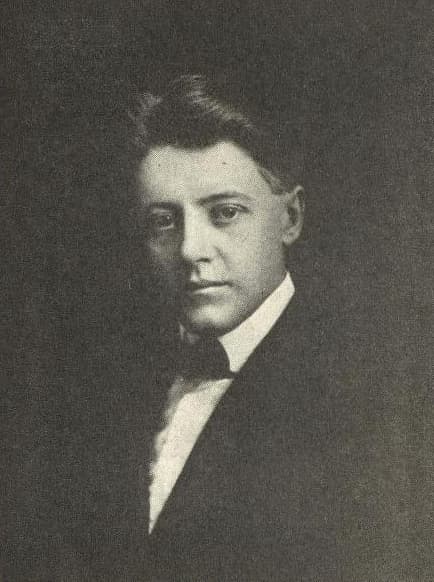
Cecil Burleigh
Cecil Burleigh (1885-1980) was an American composer and violinist who grew up in Nebraska. Studied in Germany and the States, Burleigh had a long teaching career at several places, including the University of Wisconsin, where he taught violin, theory, and composition for over 30 years.
Most of his compositions were written for violin. The works depicted the different landscapes in nature through their titles, including Six Pictures, Op.30. First published in 1914, Six Pictures includes six pieces titled Distance, Rocks, Ripples, Giant Hills, A Mirage, and Murmurings, respectively.
Mayumi Kato’s Language of Flowers
performed by Paul Barton (piano) and Lidia Baich (violin)
Japanese composer Mayumi Kato has written many works for piano and some for violin and piano, including Language of Flowers. I have known Mayumi since 2015 through a pianist, Paul Barton, who consistently features Mayumi’s compositions through his YouTube channel. Her music always shows the nostalgia and elegance of Japanese music and culture. Perhaps similar to many composers, Mayumi wants her music to be played.
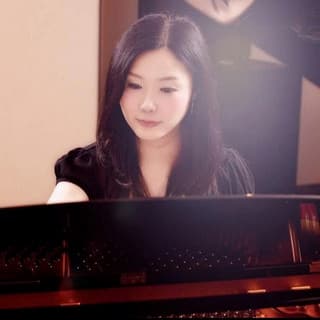
Mayumi Kato
Language of Flowers (花言葉) was written in 2019. Inspired by the Japanese cultural tradition of “hanakotoba,” this work shares its idea of “secret meanings behind flowers,” where in the music, each note carries a hidden message, and the entire work tends to explore the different expressions, emotions, and stories.
Gerardo Jerez Le Cam’s Detras de los Arboles (Behind the Trees)
performed by Gerardo Jerez Le Cam (piano) and Iacob Maciuca (violin)
Gerardo Jerez Le Cam (1963-) is a composer and a pianist from Argentina. After graduating from the Dipolito Conservatoire in Buenos Aires, he also studied privately with Alberto Mercanti, José Bondar, Lejrko Spiller, and Juarez Johnson. In 1992, he moved to France and met Romanian violinist Iacob Maciuca and many musicians from Eastern Europe.

Iacob Maciuca
Gerardo Jerez Le Cam has had diverse experiences in his music career. He has been a conductor, a composer, an arranger, and a founder of some chamber groups such as Cuarteto Jerez, Translave, and, more recently, his quartet Jerez Le Cam Quartet and trio. His musical style varies, but in Detras de los Arboles, you will hear classical and contemporary sounds mixed with jazz, tango, and folkloric styles.
In addition to the above pieces, there are others that perhaps they are more known for, including Beethoven’s Violin Sonata No. 5 (Spring) and Schubert’s L’Abeille. My violin partner and I found many more nature-related pieces, but no recordings have been found. Perhaps it will be a fun project for us to make some recordings!
For more of the best in classical music, sign up for our E-Newsletter

